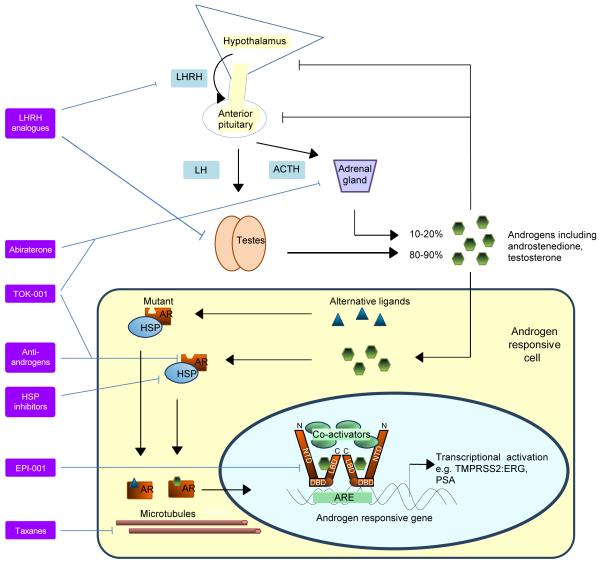Figure 1. Strategies for therapeutically targeting the androgen receptor (AR).
The hypothalamus-pituitary-gonadal axis controls androgen synthesis as part of a negative feedback loop. Luteinising hormone (LH) is released from the pituitary following stimulation by luteinizing hormone releasing hormone (LHRH) and stimulates testicular androgen production while adrenocorticotropic hormone (ACTH) secreted by the anterior pituitary stimulates the adrenal production. Androgens or alternative ligands bind to wild-type or mutant AR, causing dissociation from heat shock proteins (HSP) and translocation of the AR to the nucleus. The AR binds to androgen response elements on androgen responsive genes including TMPRSS2:ERG and PSA and coregulatory proteins are recruited for transcriptional activation. The 3 main structural components of the AR, the N-terminal domain (NTD), DNA-binding domain (DBD) and the ligand-binding domain (LBD) are shown separately. Strategies with marketing approval or in late stages of clinical development involve targeting of the LBD or androgens; other potential ligands exist. Microtubules may also be essential to AR function and could be disrupted with taxanes. More novel strategies involve targeting of the NTD or chaperone proteins.

